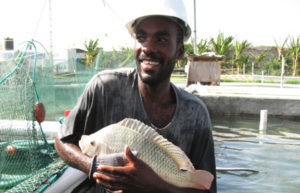
Haiti’s hatchery of hope
Built on a dream of feeding some of the world’s poorest and most vulnerable people, a charity-built tilapia hatchery in Haiti now learns to stand on its own.
Preventing diseases is a major concern in shrimp farming. Pond preparation focuses on avoiding the carryover of disease organisms from one crop to the next.

Built on a dream of feeding some of the world’s poorest and most vulnerable people, a charity-built tilapia hatchery in Haiti now learns to stand on its own.
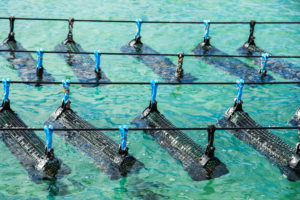
The Nature Conservancy was inactive in aquaculture until new program leader Robert Jones joined. His focus is on the positive outcomes of responsible aquaculture.
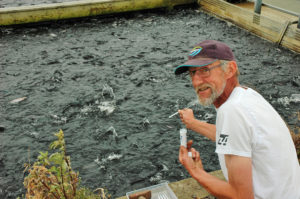
Fast, easy, reliable method offers great potential for all aquaculture systems There is a widespread need for cultivation-free methods to quantify the viability of microbial communities in aquatic environments. This demand also exists within the aquaculture industry, where rapid and reliable methods for measuring bacterial activity and bioavailable organic matter in water are increasingly required.
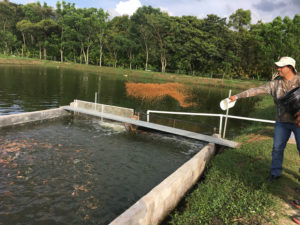
This demonstration project featuring in-pond raceway system technology in one raceway at a commercial red tilapia farm in Honduras showed the potential for increasing production with no water exchange.
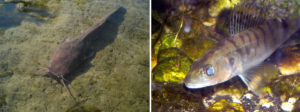
A study shows that wastewater from recirculating aquaculture systems is suitable for microalgal cultivation and that sludge amendment to the wastewater increases production.
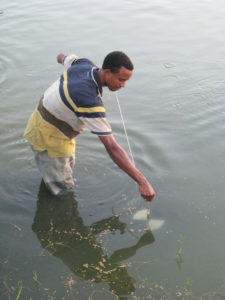
Prof. Boyd provides additional insights into fertilization of aquaculture ponds, discussing phytoplankton requirements, organic and inorganic fertilizers, and other relevant aspects of pond management.
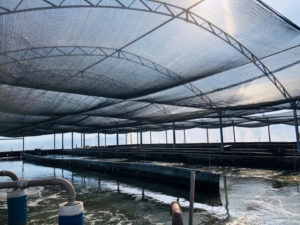
This study evaluated the importance of aeration intensity for the nitrification process in biofilm in intensive biofloc technology aquaculture systems.
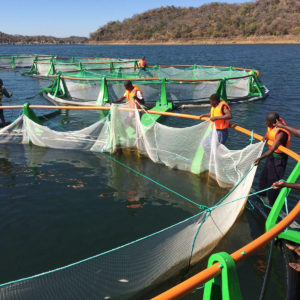
On the shores of Lake Cahora Bassa, Chicoa Fish Farm hopes to create a ripple effect to improve fish supply and quality of life for an impoverished region.
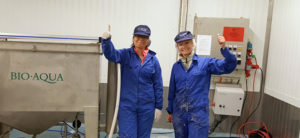
A research project from Chalmers University of Technology, Sweden, shows the potential of recycling nutrients from seafood processing waters back into the food chain.
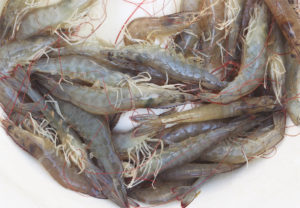
Study demonstrated the viability of L. vannamei culture in sandy soils and lined ponds using relatively high shrimp densities, with the best results produced at a stocking density of 100 shrimp per square meter, which produced the best growth and survival rates and FCR.
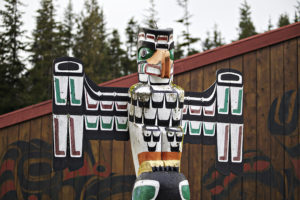
A closure of ultimately 17 farms over the next five years will create a farm-free migration corridor for wild salmon on the northeast coast of Vancouver Island.
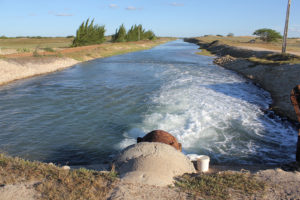
Prof. Boyd discusses eutrophication of water bodies, effluents and nutrients from aquaculture facilities, and aquaculture certification along with the difficulties to develop maximum acceptable concentration limits and load limits for nitrogen and phosphorus discharge.
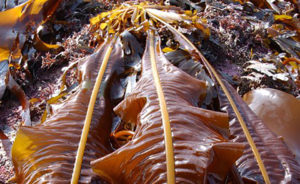
Faroe Islands company believes nutritious and fast-growing seaweed is a versatile raw material and the oceans’ best defense against climate change.
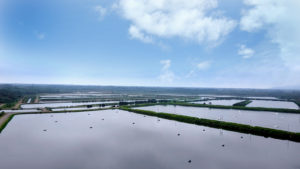
An increase in diesel price and a drop in international market prices are forcing Ecuador’s shrimp farming sector to search for sustainable strategies to reduce production costs and help achieve maximum operational efficiency.
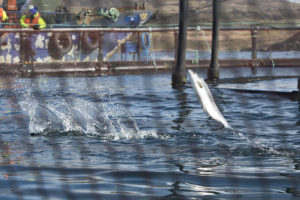
Wide-ranging recommendations to the Scottish salmon sector include increased government oversight and mandatory reporting of disease outbreaks, fish mortalities and sea lice numbers.